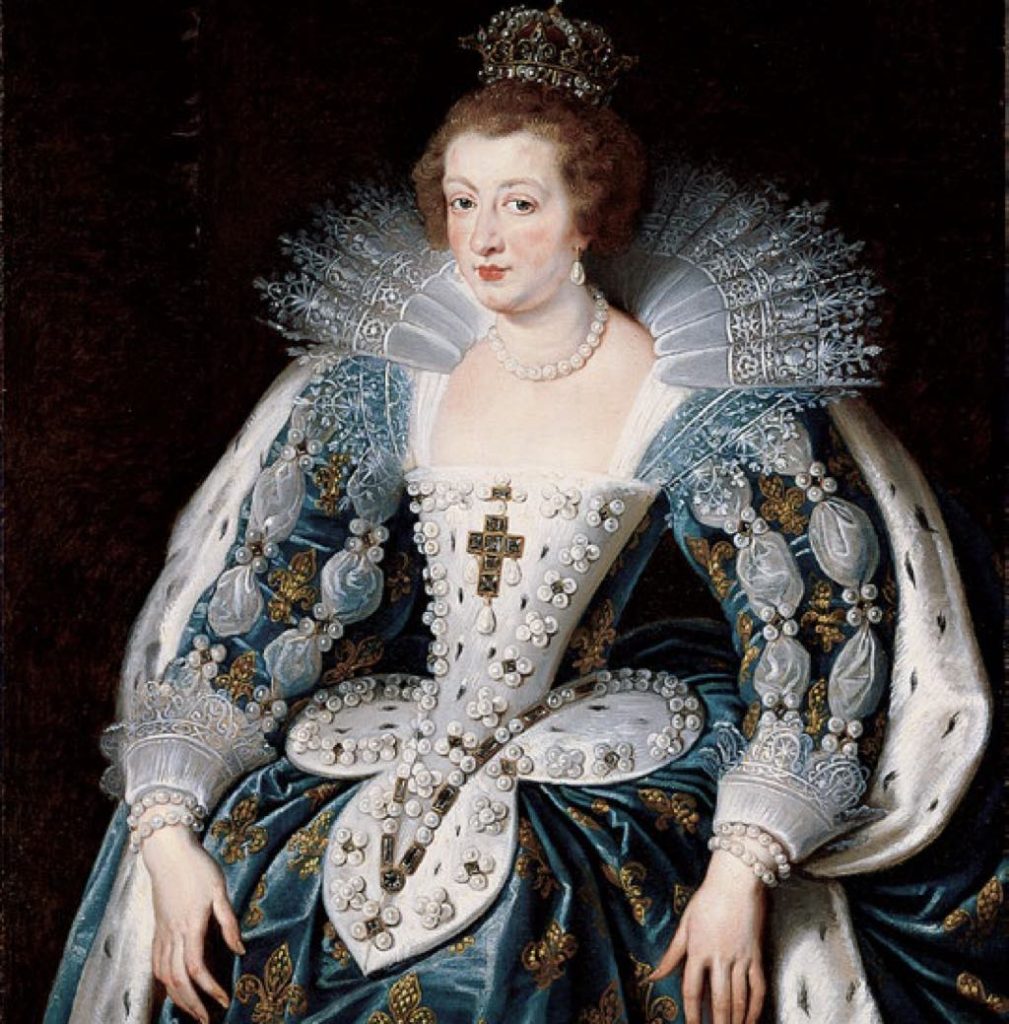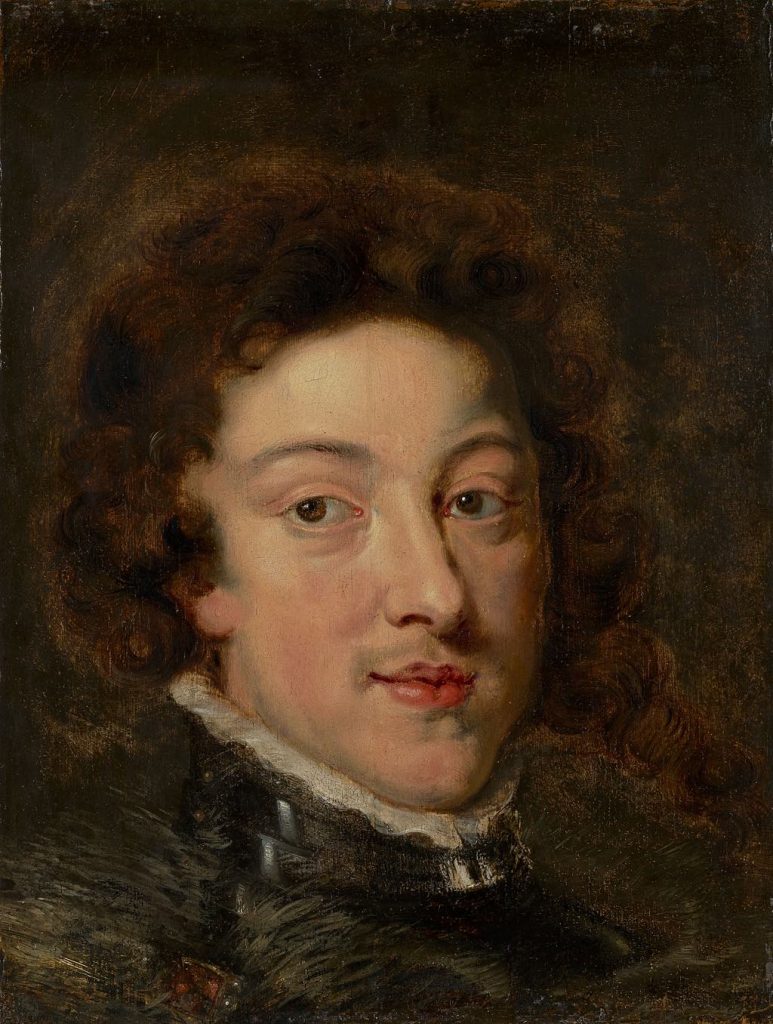
Many proper names have come into everyday use in the English language, but that distinction has been awarded to few artists. Peter Paul Rubens is an exception: for the past two centuries, pleasingly plump women have been referred to as “Rubenesque.” That is not entirely fair to the 17th-century painter, however, whose work went far beyond the depiction of zaftig naked babes. The current exhibition at the Musée du Luxembourg, “Rubens: Portraits Princiers,” zeroes in on one aspect of his work as a painter of European royals and notables.
The Flemish artist had an advantage over other court artists of his day in that he came from a well-off family and fit easily into high society, where he was treated as a gentleman and was eventually made a nobleman by Philip IV of Spain and knighted by Charles I of England. He was also sent on artistic/diplomatic missions by his royal overlords.

The other “hero” of this exhibition, as the curator puts it, is Maria de’ Medici (1575-1642), known as Marie de Médicis to the French, scion of the Florentine dynasty, second wife of Henri IV and mother of Louis XIII.
The scheming Marie, like Rubens, had connections to many of the royal courts of Europe, through her own family and the marriages of her children. She entrusted the artist with her legacy, a mission he accomplished with panache, not only through the portraits he painted of her, but most notably through a cycle of 24 allegorical paintings starring none another than Marie herself. She had commissioned two such series (only one was completed) for the Luxembourg Palace she had built, making the Luxembourg Museum a fitting setting for this exhibition.
Unfortunately, the cycle is no longer in the palace, but in the Louvre. To compensate, the exhibition includes a fine series of 18th-century hand-colored prints made after the paintings. They cover everything from the birth of Louis to the coronation of the queen (Henri had made her wait 10 years for this moment and was assassinated the very next day; Marie then became Louis’s regent). There are even some surprises in this magnificent series: how often does one see a queen with her breast bared as she reigns benevolently over her people? A trip to the Louvre to see the originals is a must.

The greater part of the exhibition, however, consists of portraits of royalty, many of them not by Rubens himself but by his workshop or other painters of the time, not a bad thing since Rubens’s followers included such luminaries as his student Anthony van Dyck. One of the most striking here is Ruben’s lively close-up of the face of the young Louis XIII, a rare example of a work painted by the artist while he was face to face with his subject, which probably explains its relaxed, natural expression.
A footnote: after her checkered career as queen consort, then regent, Marie ended up going to war with her son twice and even tried to stage a coup against him in 1630, after which she went into exile. In 1642, she died destitute in the house in Cologne where Rubens had lived as a child.
Favorite